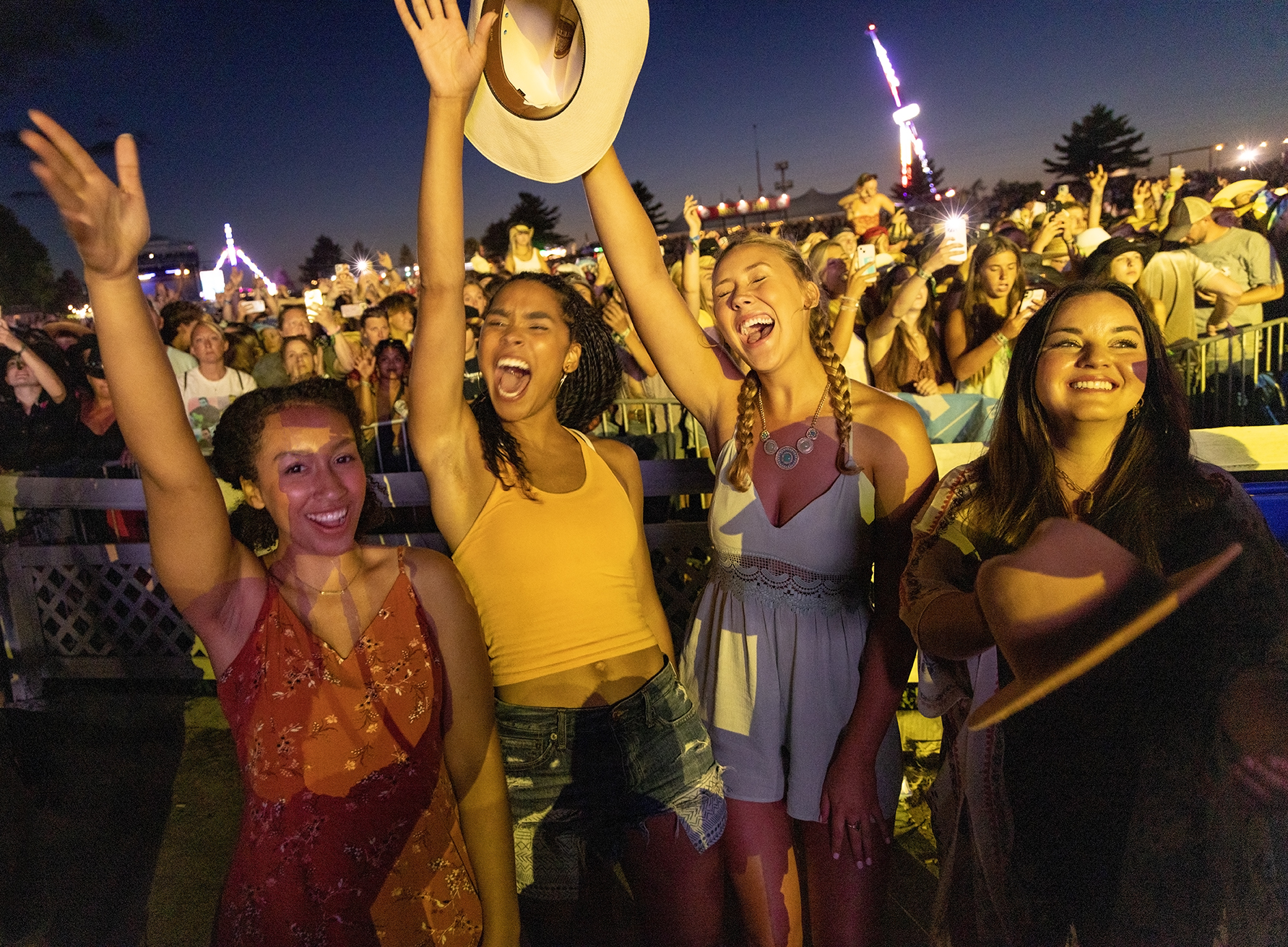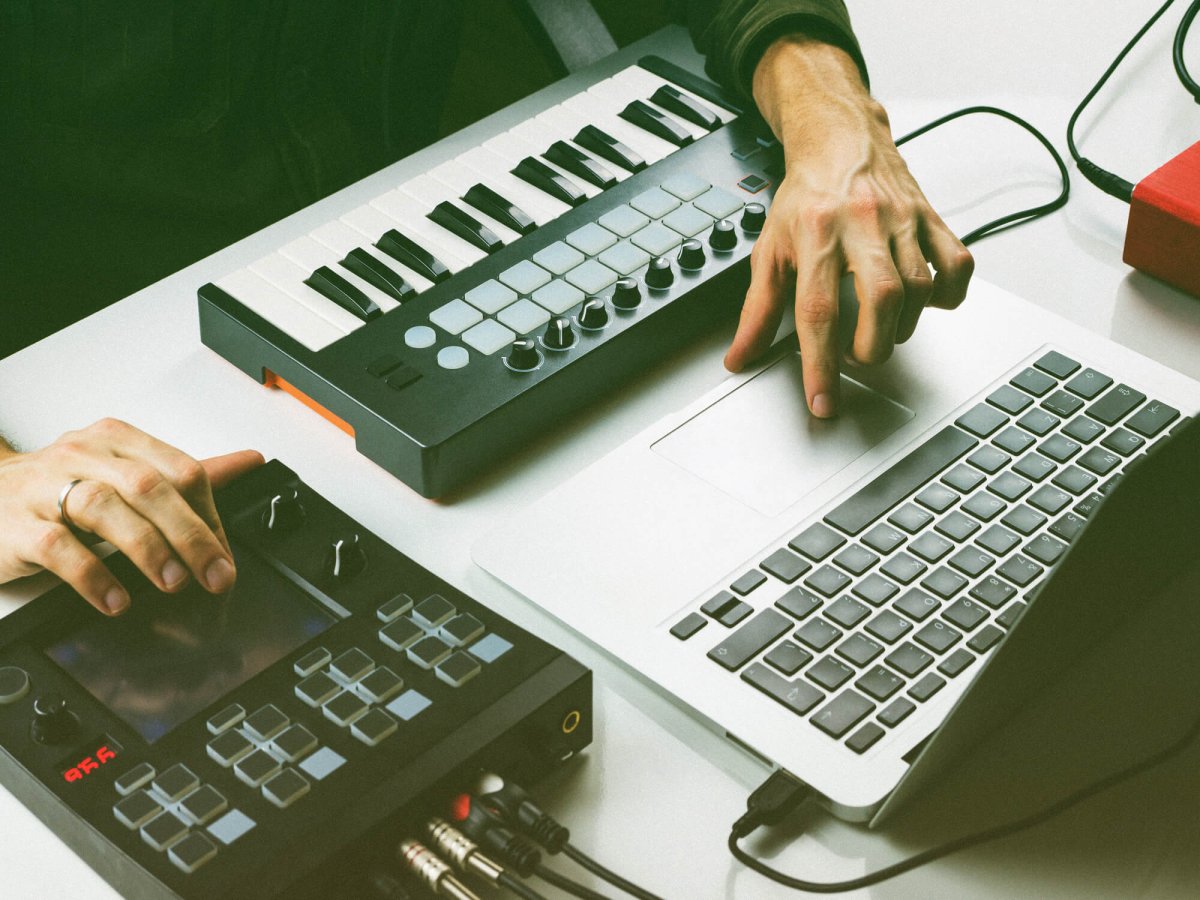Title: Music Festivals Around the World: Beyond the Headliners
Introduction:
Music festivals have become global celebrations of sound, drawing millions of music enthusiasts to diverse corners of the world. While headlining acts often steal the spotlight, it’s the collective energy, unique settings, and a multitude of talents that make these festivals truly special. This article takes you on a journey beyond the headliners, exploring the diverse and vibrant experiences offered by music festivals around the globe.
1. Glastonbury Festival (United Kingdom):
Glastonbury, nestled in the English countryside, is renowned for its legendary headliners. However, its magic lies in the myriad of stages that showcase emerging and niche artists. The Shangri-La area transforms into a dystopian wonderland, featuring cutting-edge electronic acts, art installations, and immersive performances, providing a surreal escape for festival-goers.
Sources:
– McKay, G. (2017). Glastonbury: A Very English Fair. Reaktion Books.
2. WOMAD (World of Music, Arts, and Dance – International):
WOMAD, a global festival founded by Peter Gabriel, celebrates the diversity of world music. Beyond the main stage, the festival introduces attendees to lesser-known international artists across various genres. From traditional African rhythms to contemporary Asian fusions, WOMAD encourages exploration and appreciation of music from every corner of the globe.
Sources:
– Gabriel, P. (2004). WOMAD: 25 Years of the World of Music, Arts and Dance. Riverhead Trade.
3. Fuji Rock Festival (Japan):
Nestled in the Japanese mountains, Fuji Rock Festival offers an eclectic lineup, with a focus on the alternative and indie scenes. The Rookie A Go-Go stage showcases emerging talents, providing a platform for local and international artists to captivate audiences. Beyond music, the festival’s forested setting offers a unique backdrop for exploration.
Sources:
– Broad, A., & Berthiaume, L. (2018). Japan’s Data Turn: The Mountain Comes to Fuji Rock. Routledge.
4. Roskilde Festival (Denmark):
Roskilde, one of the largest festivals in Europe, is not just about the headliners; it’s a cultural experience. With a focus on social responsibility, the festival features diverse genres on stages like Gloria and Pavilion Junior, introducing attendees to upcoming artists while fostering a sense of community and activism.
Sources:
– Pedersen, L., & Mulvad, A. (2019). Roskilde Festival. In Handbook of Festival Culture (pp. 55-70). Springer.
5. Sunburn Festival (India):
In the vibrant landscape of India, Sunburn Festival stands out as Asia’s largest electronic dance music festival. While global headliners dominate the main stage, the festival’s multiple arenas spotlight local and regional talent. Sunburn showcases the evolution of electronic music in India, making it an essential experience for EDM enthusiasts.
Sources:
– Bhushan, N. (2016). India’s Electronic Dance Music Scene: Youth, Urbanity and Music Events. Springer.
Conclusion:
Music festivals, beyond the allure of headlining acts, provide a rich tapestry of sounds and experiences. From the mystical fields of Glastonbury to the mountains of Fuji, these festivals offer a kaleidoscope of musical discovery, cultural exchange, and unforgettable moments. So, the next time you attend a festival, venture beyond the main stage – you might just discover your next favorite artist in the unexplored realms of festival magic.


